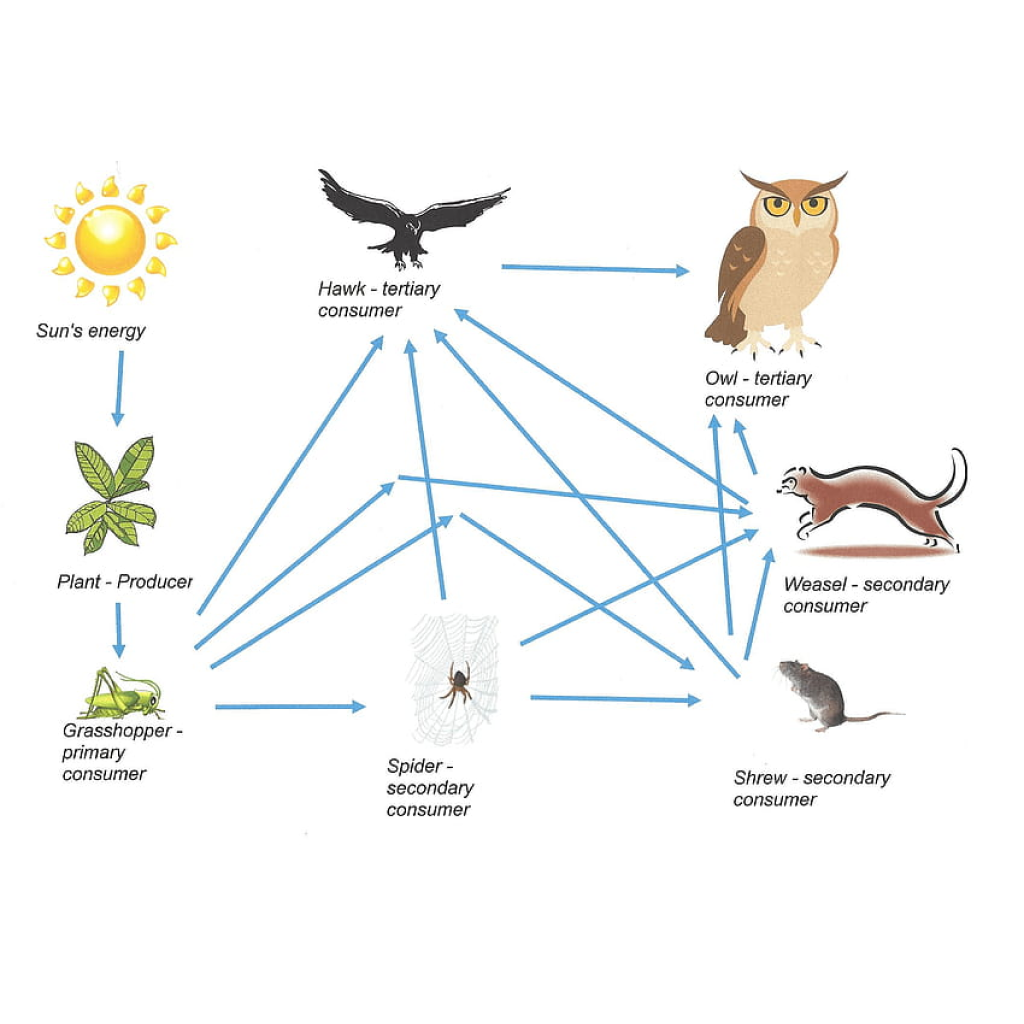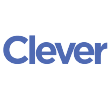- Provide definitions for the fundamental thermodynamic principles of entropy, enthalpy, and Gibbs free energy, including their respective units.
- Elaborate on the first and second laws of thermodynamics.
- Grasp and apply the notion of reaction spontaneity.
- Discuss the distinctions between the enthalpy of combustion and the enthalpy of formation.
- Comprehend the connection between internal energy and enthalpy.
- Explain Hesss law in the context of conducting calculations involving enthalpy changes.
- Introduce the concepts of exothermic and endothermic reactions.
imaginX is used by many amazing schools and universities
University / College

























